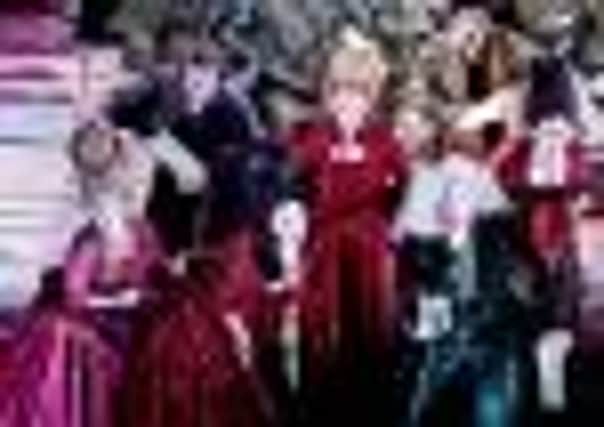Scotland turns deaf ear to opera and classical music


Last week, the Scottish Government published its annual report on activity for the five national performing companies – Scottish Opera, the Scottish Chamber Orchestra (SCO), the Royal Scottish National Orchestra (RSNO) and the National Theatre of Scotland (NTS) and Scottish Ballet – highlighting an overall increase of 20 per cent in the audiences in the past year.
However, a detailed look beyond the headline figure shows that the rise in audience numbers is almost entirely down to the success of the NTS, which saw its annual audiences almost triple and the number of performances rise from 692 in 2009-10 to 904 last year.
Advertisement
Hide AdThe three classical music companies, meanwhile, experienced a significant decline in audiences. The SCO was worst affected and has seen its audience numbers slump from 85,600 to 58,500 since 2007-8, a fall of 31 per cent over four years.
The RSNO’s audience figures have declined from 121,869 in 2007-8 to 115,956 in 2010-11. Scottish Opera 2010-11 audience numbers of 72,131 show an increase on the previous year, of 67,125, but do not reach the levels of 76,523 in 2007-8.
The fall in the SCO’s figures appear the most dismaying, for a popular orchestra whose stellar young music director, Robin Ticciati, is a critics’ favourite.
The number of its concerts has fallen from 125 to 100 since 2007-8. Observers said they may reflect funding cuts across the performing companies, with more yet to absorb.
In most cases, the fall in audience figures took place during a time in which they entered a direct funding relationship with the Scottish Government, as opposed to the arms-length funding arrangement they had with the now defunct Scottish Arts Council. The five arts organisations receive about £25 million a year of taxpayers’ money.
At the publication of the report, the culture minister, Fiona Hyslop, told a newspaper that “this remarkable achievement highlights the huge contribution the companies make to Scotland’s rich cultural life”.
Advertisement
Hide AdYesterday, Scottish Government spokesman said that comparisons of more than one year were not relevant. “Each year the programmes offered, the projects they support, the number of performances and venues where they perform, are necessarily different, so comparisons with five years ago have little merit.”
An RSNO spokesman said the orchestra held fewer high-capacity traditional concerts, with the winter season, for example, reducing to 17 concert programmes from a high of 22 four years ago. “Subscriptions numbers are the highest in a generation. We’ve had 80 per cent capacity for the first part of the year in Edinburgh and Glasgow and more young people than ever attend RSNO concerts,” he said.
Advertisement
Hide AdAn NTS spokeswoman said: “In 2009-10 there was a strategic decision by the company to concentrate their energies in Scotland, focusing on developing new work and new audiences, reaching into as many as Scotland’s smaller communities as possible and prioritising venues outside the central belt.”
That explained the sudden swing downwards, she said. “In 2010-11, we did more mid-to-large scale touring, and international touring.”